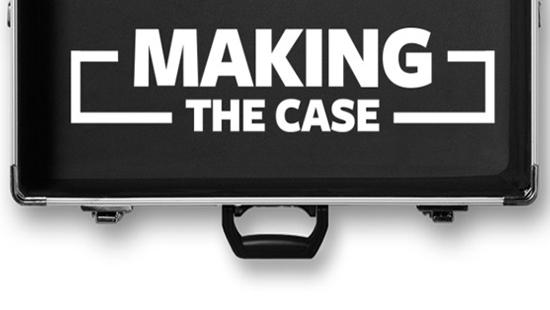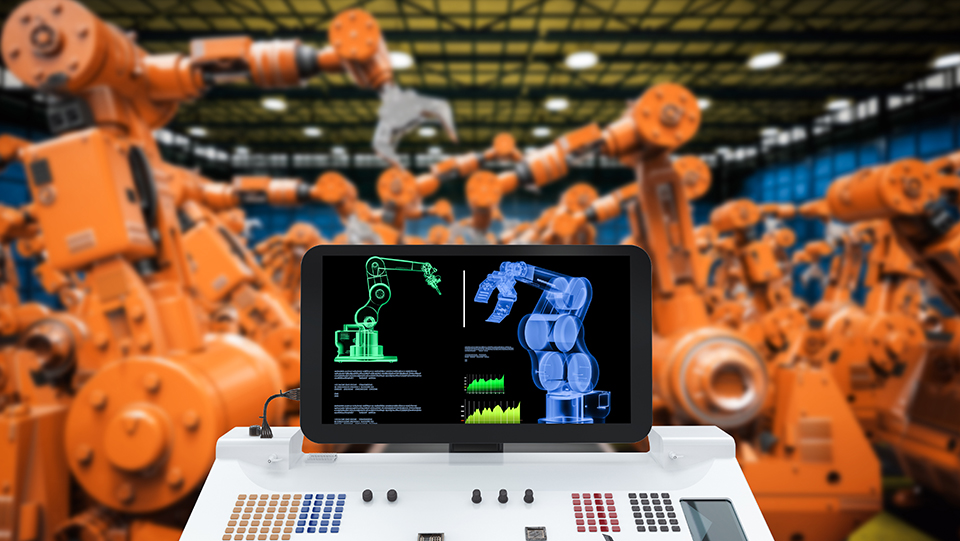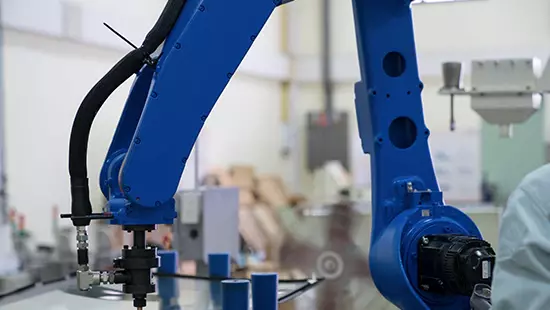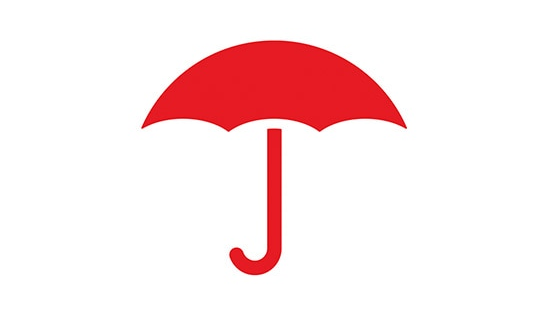Insights to help protect your people, supply chain and reputation
Manufacturing Resources
Manufacturing: End-to-End Ergonomic Strategies
Explore how manufacturing facilities can maximize efficiency and safety through comprehensive end-to-end ergonomic solutions.

Manufacturing Resources
Why Now Is the Time for Manufacturers to Review Workplace Safety Programs
Discover why manufacturers should prioritize reviewing workplace safety programs to help prevent employee injuries and avoid costly OSHA fines.

Manufacturing Resources
4 Ways Manufacturers Can Help Build a Strong Company-Union Relationship
Enhancing union relationships can lead to better workers compensation outcomes and business success for manufacturers. Learn more today.

Manufacturing Resources
Improve Manufacturing Operations by Aligning Workers Compensation and Continuous Improvement Programs
Discover how manufacturers can enhance workplace safety and increase operational efficiency by integrating their workers compensation programs and continuous improvement plans.

Manufacturing Resources
4 Factors to Consider When Choosing a Workers Compensation Carrier
Learn how choosing the right workers compensation insurance partner for your ergonomic needs can help you better manage claims and potentially reduce the risks for your organization.

Manufacturing Resources
Balancing the Risks of Technology Adoption in Manufacturing
Advanced manufacturing technology can provide competitive advantages, but it also heightens operational risks. Discover how to effectively integrate new technology.

Manufacturing Resources
Manufacturers E&O Coverage
E&O can provide protection where general and product liability can't. Travelers provides manufacturers E&O coverage that can be customized to the unique risks faced by manufacturers.

Manufacturing Resources
Top Causes of Manufacturing Injuries
Over 100,000 workplace injuries happen in manufacturing each year. Learn the top workplace injuries and how to help prevent them.

Manufacturing Resources
Breweries and the Craft of Managing Risks
Whether you're just starting a brewery or are well-established, these brewery safety and risk management tips can help ensure it keeps running smoothly.

Manufacturing Resources
Connected Manufacturing: The Technology Behind IoT
Manufacturers are adopting new technologies to improve productivity, efficiency and reliability. To learn about ways manufacturers can take advantage of IoT technology and protect against risks, download the white paper from Travelers.

Manufacturing Resources
6 Top Manufacturing Technology Trends: The Benefits and Risks
IoT can present both high risks and high rewards for manufacturers. Understanding both the opportunities and the potential downsides will help manufacturers. Learn more from Travelers.

Manufacturing Resources
Why Equipment Replacement Costs Matter for Manufacturers
When manufacturing equipment goes down, it can derail production and lead to costly delays. Learn to help manage equipment replacement costs.

Manufacturing Resources
Understanding Connected Manufacturing
New technologies can bring both great opportunities and inherent risks. Here’s a look at four elements of the Industrial Internet of Things.

Manufacturing Resources
Inside the Minds of Manufacturing CFOs: Addressing Risks and Challenges
In order to understand the mindset of a CFO in manufacturing, Travelers gleaned insights from more than 100 individuals. View the infographic here.

Manufacturing Resources
The Potential of Connected Manufacturing
Here’s a look at six areas where the technology provides potential opportunities and risks.

Manufacturing Resources
Why Manufacturers May Need an Extra Layer of Insurance Protection
As the costs of lawsuits continue to rise, buying excess casualty coverage can help protect your business.

Manufacturing Resources
3 Steps to Help Attract and Retain Skilled Manufacturing Talent
Attracting, training and retaining employees is key to gaining a competitive advantage in manufacturing.

Manufacturing Resources
20 Risks Facing the Manufacturing Industry
Consider these 20 emerging risks to manufacturing businesses and the specialized insurance solutions you can use to help protect your company.


